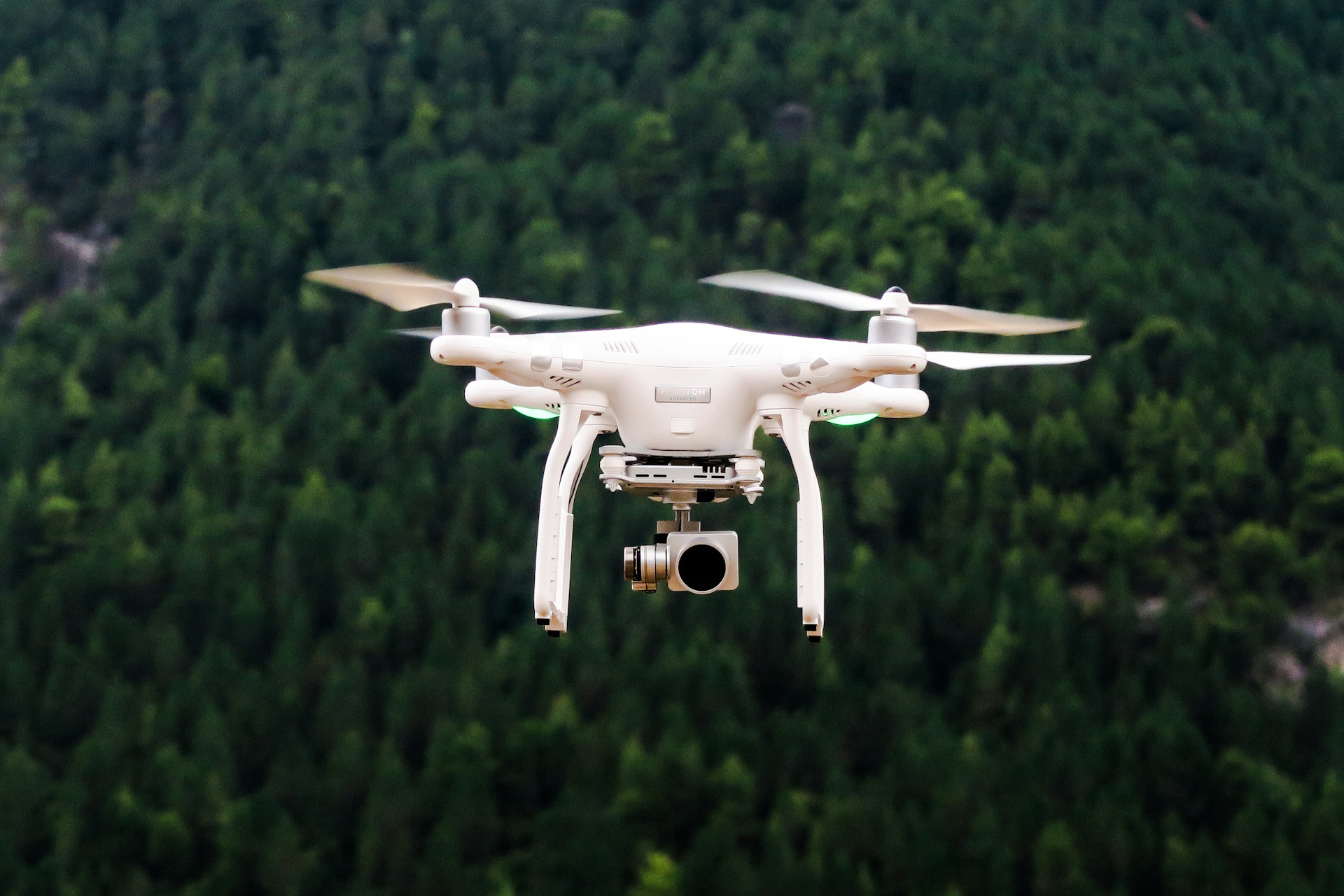The use of drones have changed how we approach videography, as they offer breathtaking perspectives and endless creative possibilities. However, capturing stunning footage requires more than just flying high. To help you master the art of aerial cinematography, we’ve compiled seven essential tips to take your drone footage to new heights.
1. Plan Your Shots Like a Pro
Before taking flight, meticulous planning is crucial. Consider your desired location, time of day, and potential obstacles. Create a shot list to ensure you capture all necessary footage, and scout the area beforehand to identify captivating landmarks or natural features. Planning maximizes your time in the air and enhances the quality of your footage.
2. Master the Basics of Flight
Understanding the fundamentals of drone operation is essential for capturing smooth, cinematic footage. Practice flying in open areas to hone your skills and familiarize yourself with the controls. Experiment with different flight modes and maneuvers to achieve dynamic shots. Smooth, controlled movements are key to producing professional-looking footage.
3. Harness the Power of Composition
Composition plays a pivotal role in creating visually stunning drone footage. Utilize leading lines, symmetry, and the rule of thirds to compose captivating shots. Experiment with different angles and perspectives to add depth and interest to your footage. Pay attention to framing and balance to ensure your shots are visually appealing and engaging.
4. Optimize Camera Settings for Quality Footage
To capture breathtaking aerial footage, it’s essential to optimize your drone’s camera settings. Adjust parameters such as shutter speed, ISO, and white balance to suit the lighting conditions and desired aesthetic. Shoot in the highest resolution possible to retain detail and clarity in your footage. Experiment with different settings to find the optimal configuration for each environment.
5. Embrace Natural Lighting
Lighting is crucial in cinematography, and drone footage is no exception. Take advantage of golden hour—shortly after sunrise or before sunset—to achieve warm, soft light that enhances the beauty of your surroundings. Avoid harsh midday sunlight, which can create harsh shadows and overexposure. Experiment with different lighting conditions to add depth and dimension to your footage.
6. Consider Environmental Factors
Environmental factors such as wind, weather, and terrain can significantly impact the outcome when capturing drone footage. Monitor weather forecasts and avoid flying in strong winds or adverse conditions that may compromise safety or image quality. Be mindful of your surroundings and adapt your flying technique to navigate obstacles and capture smooth, stable footage.
7. Edit Like a Pro
Post-production editing is where your footage truly comes to life. Use professional editing software to refine your footage, adjusting colors, contrast, and saturation to achieve the desired look. Experiment with transitions, effects, and sound design to enhance the cinematic experience. Take your time during editing, paying attention to detail to ensure your footage is polished and impactful.
Elevate Your Drone Videography Game
Mastering the art of capturing stunning drone footage requires skill, creativity, and technical know-how. By following these seven expert tips, you’ll unlock the secrets to mesmerizing aerial cinematography. So, grab your drone, plan your shots, and take to the skies to capture breathtaking visuals that will leave your audience in awe.
